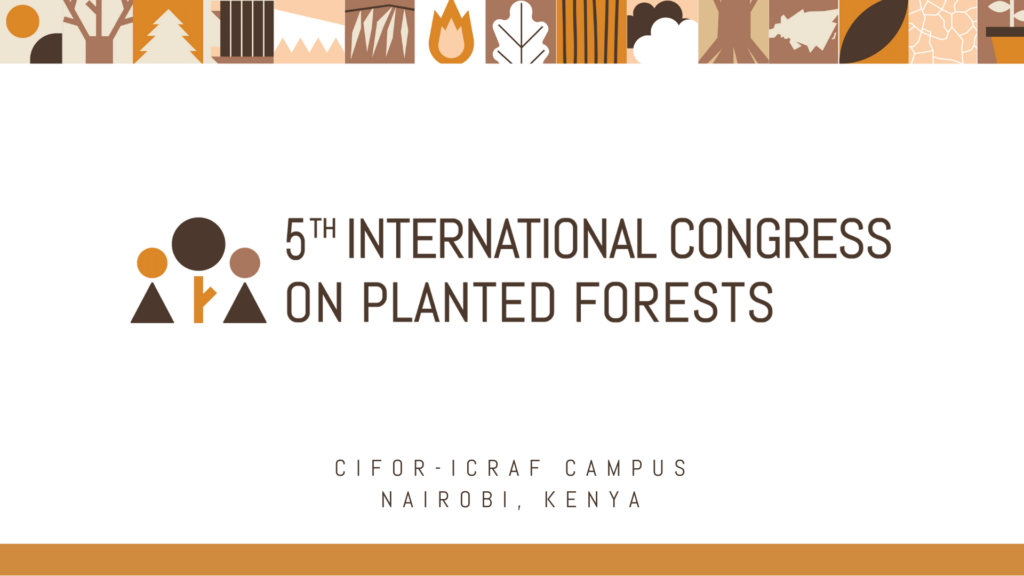
International Congress on Planted Forests 2023 : planted forests, an essential nature-based solution to meet growing needs in wood products, restore forest ecosystems, and mitigate climate change
Get $20 free when you create your 888casino:slots-online-canada.ca/review/888-casino/ account – No deposit.
Date: 7-10 November 2023
Target audience : scientists and practitioners involved in planted forest management and policy
About this event
Global context
With a world population projected to reach 9.8 billion in 2050 – an increase of nearly 30 percent from today’s 7.6 billion [1] – needs for food, fuel, fiber and other bio-based products and services will rise sharply. Demand for forest-based biomass will increase, driven by construction and packaging, and wood fuel will remain the main energy source for many households in emerging economies.
At the same time, climate change, ecosystem degradation and their impacts call for deep changes in our global production and consumption patterns. Societies are engaging in the decarbonization of their economies and the restoration of their environment – with a prominent role for nature-based solutions. Forests and trees are an essential nature-based solution to accelerate the transition towards a carbon-neutral economy by providing opportunities for substituting fossil carbon based and greenhouse gas-intensive products with renewable forest-based products [2].
However, this demand for wood products will have to be met in a context of decreasing forest area, with 420 million hectares of forest lost to deforestation over the past 30 years, mainly in tropical countries (1990 to 2020) [3]. Meeting the rising demand for wood products in a sustainable manner will require a series of complementary actions along the value wood chain. However, these changes will not be sufficient if wood production itself does not increase. Planted forests, defined as forests that at maturity are predominantly composed of trees established through planting and/or deliberate seeding [4] only represent 7 percent of the global forest area [5].
Plantations [6], which make up less than half of the total planted forest area [7], produced in 2012 about 35 percent of the world’s total roundwood [8]. Planted forests hold untapped potential to fulfill future needs in wood products, while mitigating climate change and restoring degraded forest ecosystems. They should become a more important component of sustainably managed and well-developed forest sectors for socio-economic development and environmental protection
This fifth International Congress on Planted Forests will be the opportunity to review and discuss challenges and opportunities in harnessing the potential of planted forests to meet growing human needs, restore forest ecosystems, and mitigate climate change.
Why ICPF2023 in Africa?
The size of the challenges and opportunities for planted forests are even greater in Africa.
Between 2017 and 2050, 26 African countries are projected to at least double their current population size[9]. The African urban population could grow from 500 million to 1 billion in 2040 [10] with needs in wood for construction and energy increasing sharply. To meet additional fuelwood requirements by 2050 in Sub-Saharan Africa, a mix of agroforestry and energy woodlots with a total area of 21 to 31 million ha would be required [11]. Sub-Saharan Africa is expected to see substantial increase in housing requirements until 2050, with estimated consumption volumes of sawn wood, plywood and veneer increased by 32%[12].
Africa Vision 2063 is that, by that time, Africa will be a prosperous continent with the means to drive its own development through the sustainable, long-term stewardship of its natural resources[13], including forests. However, the high rate of population growth, coupled with a strong dependence on natural resources, especially to meet energy needs, will make it more difficult than ever to meet the growing demand in wood and wood products from a sustainably managed resource.
Simultaneously, the regional momentum for restoration of degraded forests and landscapes, embedded in the African Forest Landscape Restoration Initiative (AFR100), the Great Green Wall for the Sahara and the Sahel Initiative (GGWSSI), and other national commitments provides major opportunities for restoring degraded landscapes while satisfying people’s needs and improving livelihoods through planted forests, small stands and woodlots, as well as agroforestry systems.
Of the total 624 million of ha under forests in Africa, 16 million ha (about 2.5%) are considered as planted forests. In addition, 4 710 million trees are found outside of forests, including in woodlots, parks, hedgerows, fruit trees, trees growing in fields…[14]. There are many opportunities to expand the area of planted forests and to increase the productivity of existing planted forests.
Find all the event information below
🌳Pre-Conference meeting: click here
🌳Agenda : Find out more about the ICPF 2023 programme – click here
🌳Presentations – click here
🌳Book of Abstracts – click here
🌳Practical Information: Prepare your trip with our practical information – click here
🌳Field Visit: Find out more about the Field Visit programme – click here
🌳Sessions and Speakers: click here
🌳Digital Forum: click here
Co-organisers: ICPF2023 is co-organized by the Institut Européen de la Forêt Cultivée (IEFC), the Food and Agriculture Organization of the United Nations (FAO), the Center for International Forestry Research and World Agroforestry (CIFOR-ICRAF), the International Union of Forest Research Organizations (IUFRO), the TreeDivNet network, the Kenya Forestry Research Institute (KEFRI), the Kenya Forest Service (KFS), and the Ministry of Environment, Climate Change and Forestry of Kenya.
Organising committee : Ramni Jamnadass, Robert Nasi, Caren Kandie, Ravi Prabhu, Faustine Zoveda, Tim Payn, Christophe Orazio, Suzanne Afanou, Luis Neves Silva, Susana Barreiro.
Scientific committee: IUFRO taskforce on “planted forests”
—————
[1] UN DESA, accessible here: https://www.un.org/en/development/desa/population/events/pdf/other/21/21June_FINAL%20PRESS%20RELEASE_WPP17.pdf
[2] Bioeconomy report
[3] SOFO 2020
[4] Forest Resources Assessment (FRA) 2020
[5] SOFO 2022
[6] A forest that is intensively managed, is composed of one or two species of even ages with regular spacing, mainly designed to produce wood.; https://www.fao.org/forest-resources-assessment/2020/en/
[7] SOFO 2022
[8] (Jürgensen et al., 2014)
[9] Press release UN DESA, 21 June 2022, accessible at: https://www.un.org/en/development/desa/population/events/pdf/other/21/21June_FINAL%20PRESS%20RELEASE_WPP17.pdf
[10] FO:AFWC/2020/04.1 Sustainable wood value chains for sustainable development in Africa
[11] Held, C., Meier-Landsberg, E. & Alonso, V. 2022. Global forest industries outlook 2050 – Assessing the future demand and sources for timber in a sustainable economy. Background paper for the State of the World’s Forests 2022. FAO.
[12] Assuming 20% share of mass timber construction in new urban housing
[13] Agenda 2063 – The Africa we want (African Union Commission, 2015)
[14] FAO. 2016a. Global forest resources assessment 2015. How are the world’s forests changing? Second edition. Rome
